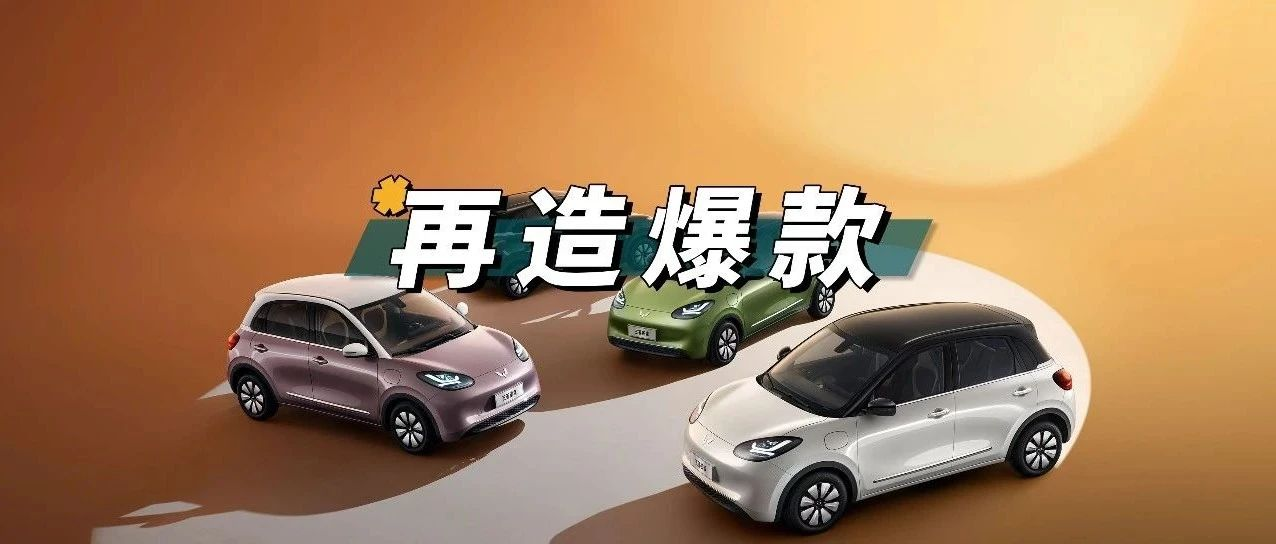Author | Xiao Wei
Editor | Chris
▎On March 29th, the Wuling Bingeo was launched. This is a 5-door pure electric mini car that focuses on aesthetics and spaciousness, with prices ranging from 59,800 to 83,800 yuan.
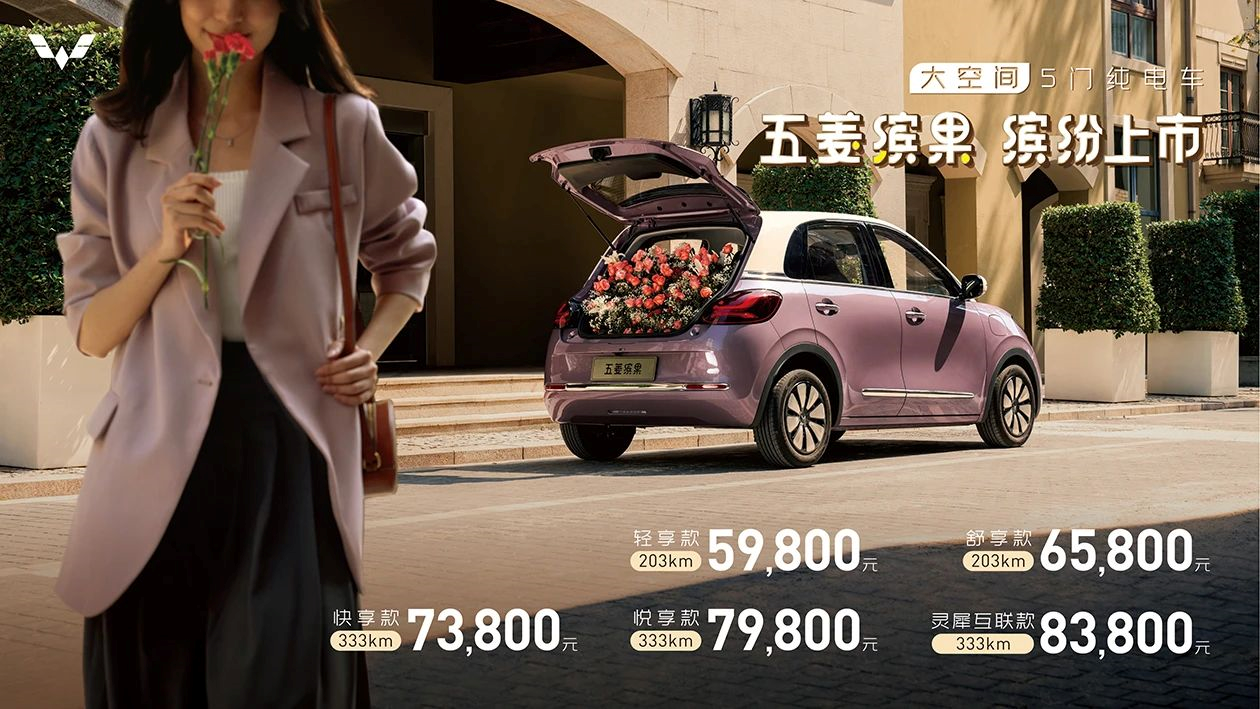
The Bingeo offers two range options, 203 km and 333 km, enough to cover urban commutes, suitable as a second family car for mothers with children, and ideal for young people’s city trips.
Looking at Wuling’s sales distribution, it becomes evident that sales heavily rely on the Hongguang MINIEV and vans. Among products targeting individual consumers, there are no other popular models besides MINIEV, and Wuling needs to establish a second growth curve.
Do People Need Bingeo?
▎In China’s new energy vehicle market, various new players fiercely compete at the price range above 300,000 yuan, and Tesla has an incomparable advantage in the 200,000 – 300,000 yuan range. BYD firmly holds the 100,000 – 200,000 yuan price range, MINIEV dominates below 50,000 yuan market, leaving only the 50,000 – 100,000 yuan market without a dominant brand or product, and the current competition is not intense.
The reason is that last year, under the context of rising battery prices, it was generally believed that pure electric vehicles at this price range would struggle to balance cost and user experience. However, with the substantial drop in battery prices, finding a balance between these two factors is no longer difficult.
With favorable timing, location, and support, the Bingeo’s product positioning is very clear, simply an upgraded and enlarged version of the MINIEV, similar to the strategy of launching the Ideal L Series after the success of the Ideal ONE.
Through the MINIEV, Wuling created a niche market for women’s travel vehicles. Most MINIEV owners are young women who also have other vehicles in their households, but the primary users of those vehicles are men, so they need a city car as well. At this point, affordable and low-pressure driving MINIEV meets their needs.
Essentially, there is no difference between Bingeo and MINIEV as both are city vehicles. Still, Bingeo offers improved driving range, passenger and storage space. For just an additional 30-40,000 yuan, passengers can sit more comfortably, and it accommodates larger items. More importantly, Bingeo looks more like a “normal car” compared to MINIEV.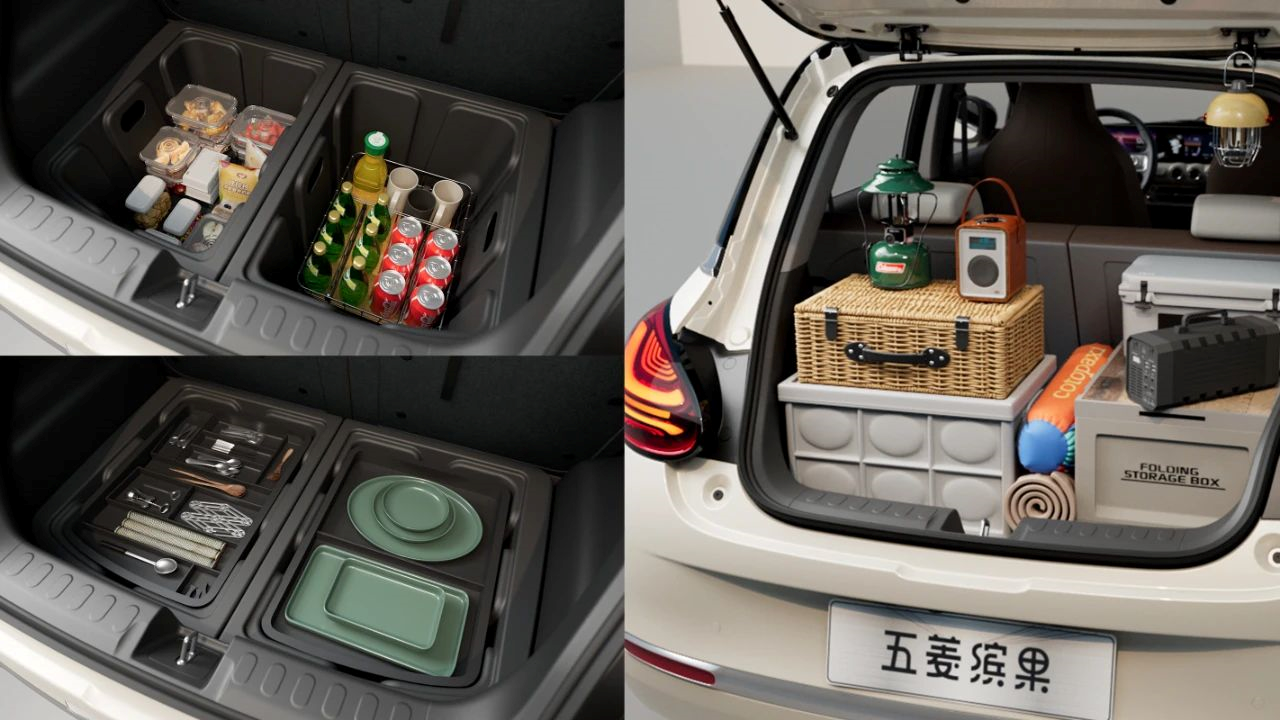
If ideal cars continuously cater to the needs of high-end families, then Wuling continuously meets the needs of ordinary young ladies.
You might argue that there are gasoline cars under 100,000 RMB that can satisfy their needs. However, these gasoline vehicles only bring negative impressions in terms of appearance and brand. At this price range, gasoline cars are merely utilitarian tools, chosen out of necessity, while the Bingo is visually appealing, suits their temperament, and is truly their own car.
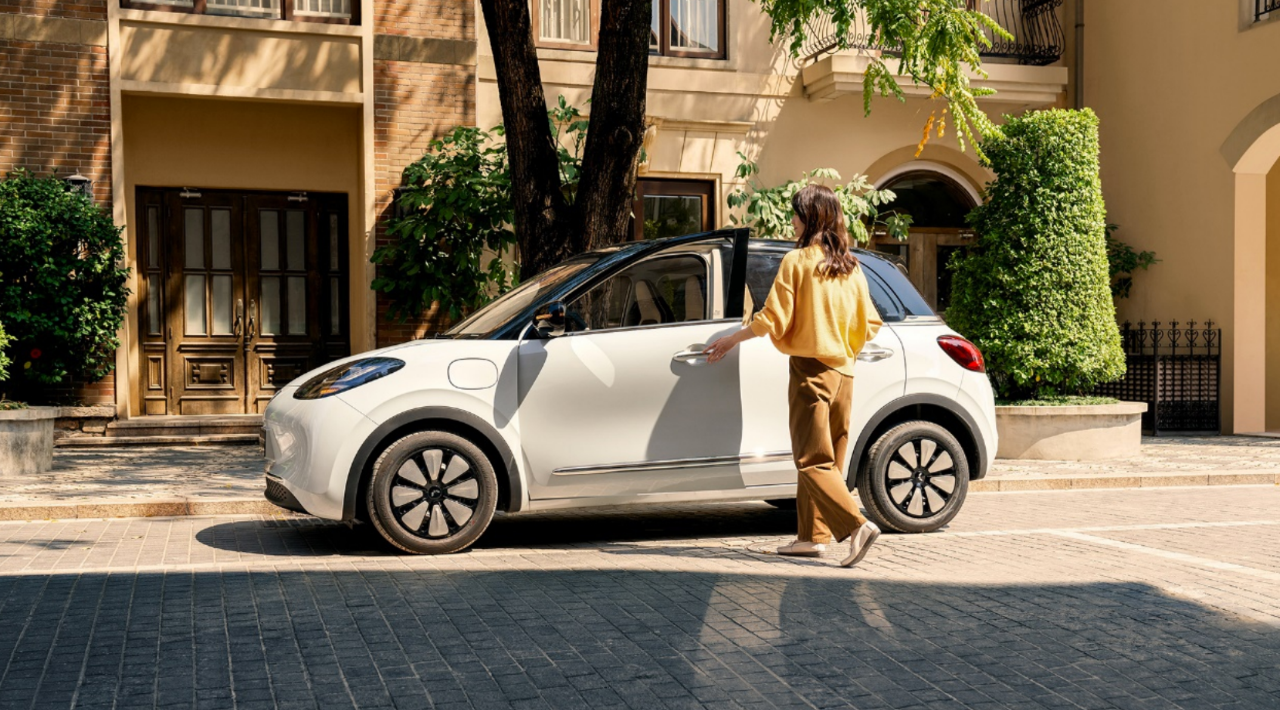
So, how does Bingo’s product fare? Is it subjected to the “pink tax” in the car market?
Is Bingo worth the price?
▎Bingo has released 5 versions this time: 203 km low configuration at 59,800 RMB, high configuration at 65,800 RMB, 333 km low configuration at 73,800 RMB, high configuration at 79,800 RMB, and the top configuration at 83,800 RMB. In addition to longer range, the 333 km version supports fast charging and has slightly improved performance.
Upon closer examination of the configuration table, the low configuration version lacks a co-driver airbag, posing a safety risk. We recommend interested users choose between the 203 km high configuration and the 333 km high and top configurations based on their travel needs. The most notable difference between the high configuration and top configurations is that an additional 4,000 RMB upgrades the 7-inch LCD instrument panel to 10.25 inches and adds a 10.25-inch central control screen.
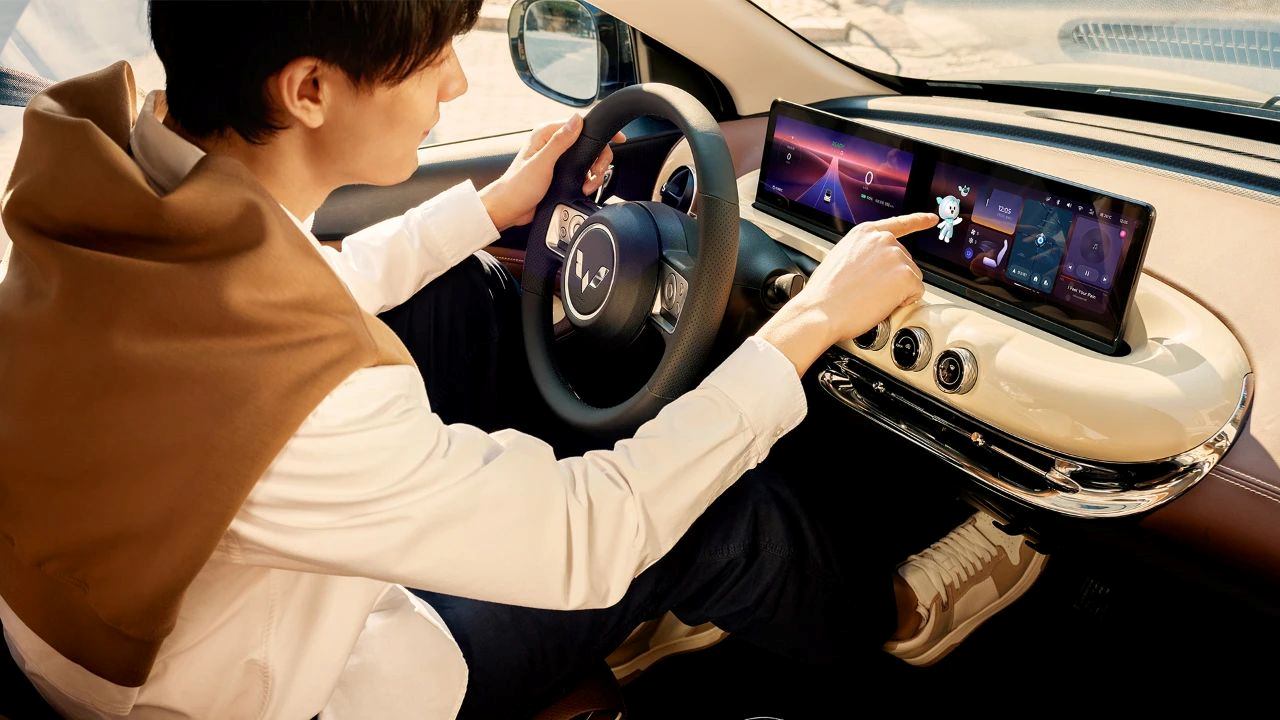
Competing with Bingo at this price point are products like Leapmotor T03 and BenBen E-Star, which share the common drawbacks of a cheap appearance and cramped rear space.
When comparing range data, Bingo’s cost-performance may not be as favorable as Leapmotor T03’s, but with its advantages in appearance and space, it is only about 5,000 RMB more expensive than a T03 with the same range. Considering that the target audience is predominantly young women, these two factors will play a significant role in influencing purchase decisions. Therefore, Bingo has sufficient advantages when comparing with products at the same price point.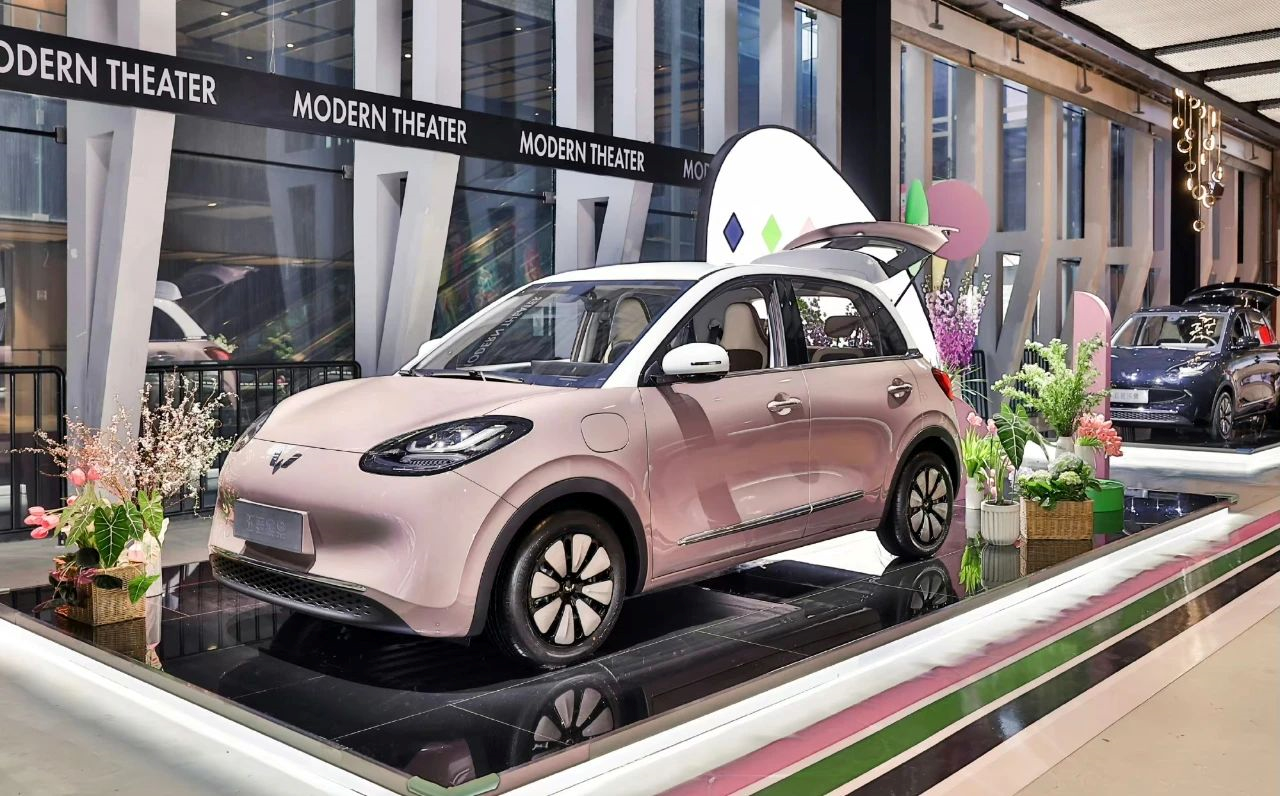
Above the level of the Bingo, more “conventional” commuter cars like the BYD Dolphin, Aiways U5, and Ora Good Cat have prices generally around 110,000, with an extra 30,000 bringing 400 km range, stronger power, and larger space. However, with Bingo’s range and pricing structure, it’s 65,000 for a 200 km range, 80,000 for a 300 km range, with a 15,000 difference, and an extra 30,000 needed for a 400 km range, is this extra 30,000 not quite worth it?
The BYD Dolphin has already achieved a monthly sales figure of 25,000, and it’s not impossible for Bingo to divert some customers with its low price and aesthetics.
Comparing with gasoline cars, for 70,000 to 80,000 you can buy compact sedans from domestic brands like Geely Emgrand and Changan Eado, which compete with Nissan Sentra, and Volkswagen Lavida, and Toyota Corolla with their low prices. These products can meet all the travel needs of a family. In contrast, Bingo is significantly smaller in size, focusing on appearance, but charging is much cheaper than refueling.
In conclusion
▎To address the initial question, will Bingo become the second best-selling model for Wuling with a monthly sales figure exceeding 10,000? I think there’s a good chance. In the context of new energy vehicles’ infiltration into the overall automotive market, additional family purchases — particularly those by female members — should not be overlooked, making Bingo a perfect vehicle to meet their needs.
However, I think stable monthly contributions of 30,000 sales like the MINIEV are less likely. At a price of 40,000 to 50,000, you can only buy a micro electric car, with the MINIEV being the top choice. But spending 70,000 to 80,000, entry-level gasoline cars also become an option, making the choice between “attractive” and “practical” at least a balanced one.
This article is a translation by ChatGPT of a Chinese report from 42HOW. If you have any questions about it, please email bd@42how.com.
